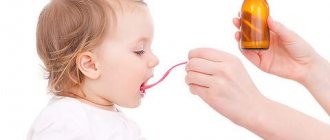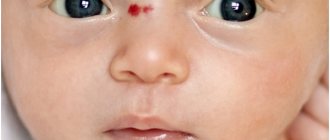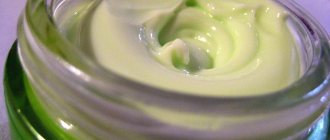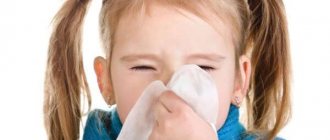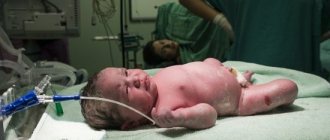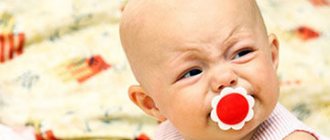February 22, 2017
Averyanova Sveta
Stuffy nose and runny nose are common in modern children. Drops for the common cold for children over one year old are sold in a wide variety. For some reason, they don't always help small noses.
To understand a little about the range of pharmaceutical products, it is better for you to consult a pediatrician, who, after examining the baby and finding out the cause of the disease, will prescribe treatment. If the diagnosis is made correctly and you follow all the recommendations, there is hope that the runny nose will go away without complications and will not become protracted or chronic.
Giving advice on choosing a medication for adults is much easier. Typically, adults use not only nasal drops for a runny nose, but also other healing options. These include physiotherapeutic procedures, home treatment with Vitafon devices, and laser therapy. The choice of options for children in the fight against the runny nose is limited, and the immune system is weak, so many spend their childhood in a constant struggle with this unpleasant phenomenon.
You will get acquainted with popular medications that are sold in pharmacies. Find out what drops for runny noses can be prepared for children using traditional medicine recipes. You will understand the features of the treatment of childhood rhinitis.
How to treat
Many are misled by the popular proverb that a runny nose goes away in a week if treated, and in seven days without any medicine. Most often, mucous discharge from the nose begins with a respiratory viral infection. The body begins to fight the infection on the third day, and after seven days the disease goes away.
The nasal discharge also stops. Everything happens exactly this way, provided that the immune system is strong and complications do not begin.
In the first days of a viral illness, nasal drops are not always necessary for children. Sometimes it is only necessary to clear the nose of mucous secretions and rinse it with saline solution. But there are situations when the use of drops containing vasoconstrictor components is justified:
- stuffy nose and mouth breathing due to a viral infection;
- high fever and stuffy nose;
- difficulty breathing through the mouth and nose at the same time;
- acute pain in the ears;
- dry, hot air in the room where the child is.
The use of such drops for a runny nose has, in addition to the quick, pronounced effect of facilitating breathing, many side effects. The main one is the development of addiction. Therefore, drops with a vasoconstrictor effect cannot be used for longer than five days.
For children, it is advisable to buy drugs that contain phenylephrine as a vasoconstrictor component. It is advisable to choose oil drops, combined and antiallergic, only after appropriate prescription from a doctor.
The effectiveness of medications containing interferon for treating children has not been proven, so their use cannot guarantee that the child will recover quickly or will not get sick at all.
Some doctors speak quite categorically against antibacterial drugs for treating the nose in children. These drugs can cause adaptability in pathogenic bacteria and allergies in children.
Only the attending physician has the right to prescribe hormonal medications for the treatment of allergic rhinitis. You cannot self-medicate.
This rule applies to all other medications. Therefore, the main thing in treatment is a competent pediatrician whom you trust.
Drops with a thinning effect
Nasal discharge is sometimes thick, making nasal breathing difficult, and crusts form on the mucous membrane. In such a case, it is necessary to use drugs that can dilute and remove thick secretions from the nose.
"Rinofluimucil". A spray containing acetylcysteine, a substance that thins thick mucus. Indicated for rhinitis accompanied by thick discharge, as well as sinusitis.
The drug can be used in children from three years of age. Contraindicated in case of high allergies, glaucoma, thyrotoxicosis.
What kind of droplets are there?
Drops for children differ in composition, functional purpose, country of manufacture, release form, etc. Domestic medicines are often cheaper than drugs with similar compositions manufactured by foreign pharmaceutical companies.
According to the purpose of the drops there are:
- vasoconstrictor;
- combined;
- based on essential oils;
- antiviral;
- saline;
- with antibiotics;
- homeopathic;
- hormonal;
- antihistamines;
- immunomodulatory.
Cold drops for newborns containing saline solution are the safest. They are not addictive and are good not only for treatment, but also for preventive procedures. Such medications are sold in the form of drops or sprays, which are very convenient, but are not suitable for children under one year of age. When using the spray in infants, pressure in the nasal cavity on the internal septum increases, which leads to the development of unwanted complications. Therefore, only drops are used for children under one year of age for a runny nose.
Antibacterial agents
Drops with this effect are prescribed in the third stage of a runny nose, when microbial flora joins.
- "Polydex". This drug is multicomponent, contains two antibiotics - a vasoconstrictor component and a corticosteroid. The drug is active against many microorganisms that cause purulent runny nose. Used for acute and chronic rhinitis, sinusitis.
- "Isofra". Contains one antibiotic. Available in the form of drops. Indicated for acute inflammatory processes in the nasal cavity.
- “Miramistin. An antiseptic solution widely used to treat inflammatory processes, including in the nasal cavity. Miramistin is used in children from birth.
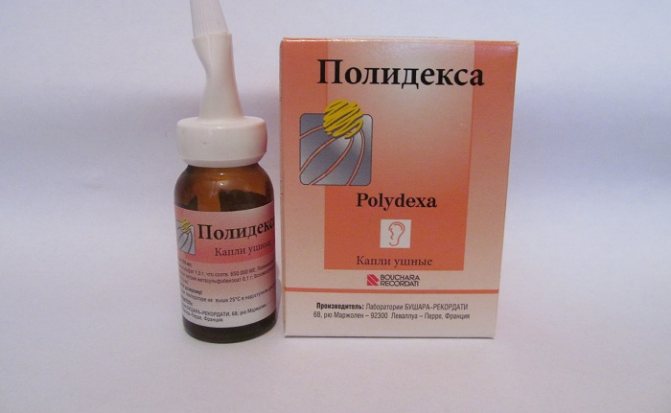
"Polydex" is used for acute and chronic rhinitis, sinusitis
The drugs are prescribed to children from the age of two. Contraindications are individual intolerance to the components of the drug, glaucoma.
A cheaper Russian-made antimicrobial drug is Albucid for runny nose in children. Its other name is based on the active substance - “Sodium Sulfacyl”. Has a wide spectrum of antibacterial action. It is similar to Miramistin. Used in children from birth. The only contraindication is individual intolerance to the drug.
Dioxidin is an antimicrobial drug that can be used in children only after consulting a specialist. Dioxidin solution is instilled into the nose for purulent rhinitis.
Popular children's drugs
Medicines for the treatment of noses in babies, which are the most popular:
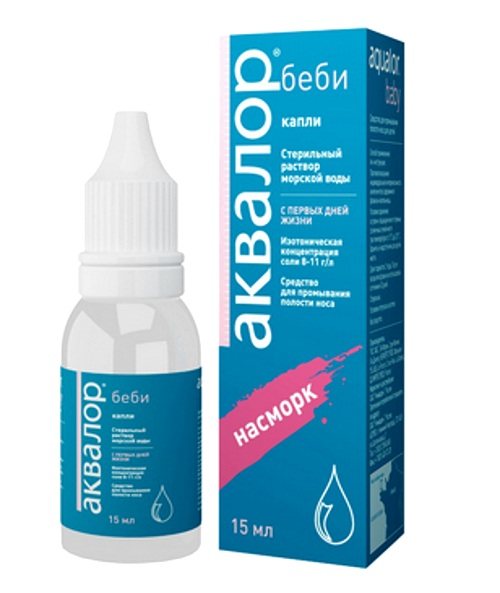
- "Aqualor Baby"
It is made using natural sea water, enriched with microelements beneficial to the body. Used to clean children's noses, relieve swelling and inflammation of the mucous membrane.
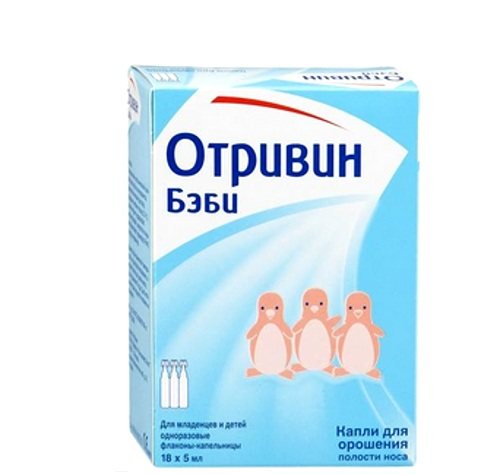
- "Otrivin baby." This drug is made on the basis of saline solution. Used to moisturize the inner surface of the nose, treat and prevent rhinitis. Suitable as nasal drops for newborns.
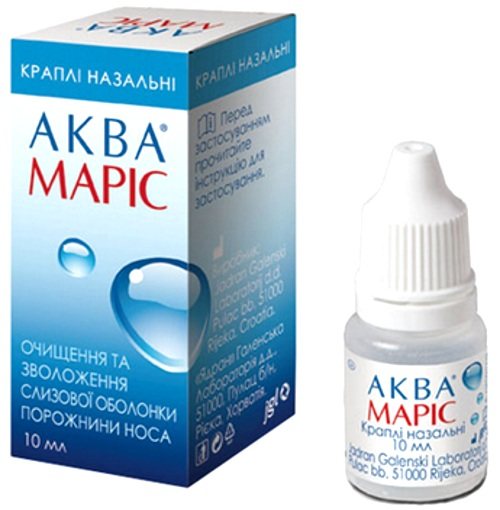
- "Aqua Maris" A medicine based on purified sea water with trace elements of natural origin. It is used for therapeutic and prophylactic purposes for rhinitis of various etiologies.
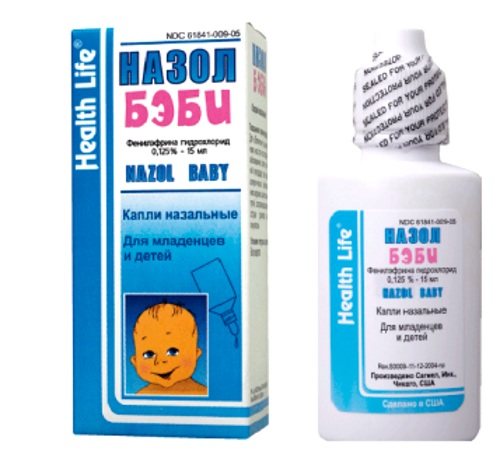
- "Nazol Baby." A vasoconstrictor based on phenylephrine. The drug has contraindications, which you must read in the instructions when purchasing. Effectively relieves swelling of the mucous membrane. Not recommended for use longer than 3 days.
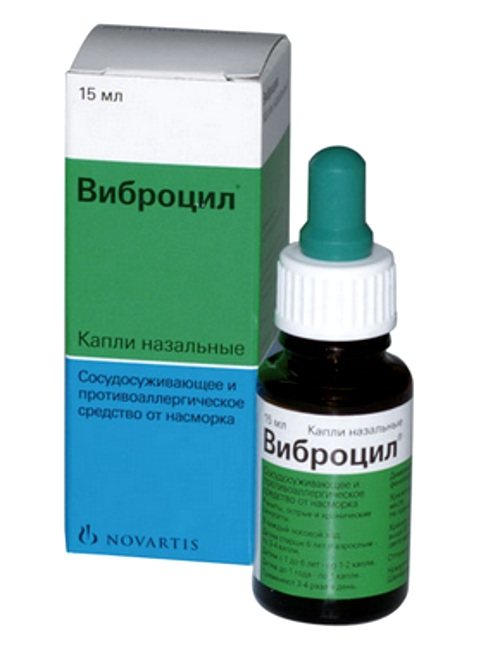
- "Vibrocil." It is also a drug with a vasoconstrictor effect. It contains phenylephrine and dimethindene. The special smell of the medicine is due to the presence of lavender oil in its composition, which can cause allergies. This drug is not recommended for use as drops for the common cold in children 1 year of age. Suitable for children over six years old.
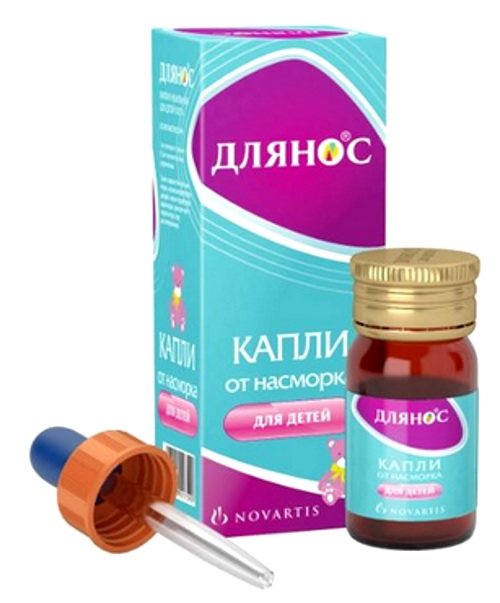
- "For the nose." The drug has a vasoconstrictor effect. The active substance is xylometazoline. Children under two years of age are a contraindication to the use of the medicine. For children 2–6 years old, use a 0.5% solution.
An important question for treating a runny nose in children is how to properly drip the nose.
Some pediatricians advise first rinsing the nose and then dripping vasoconstrictor drops, while other doctors suggest doing the opposite.
How to properly care for a child’s nose so that the child recovers faster?
If your baby's nose is clogged with mucus, the drops will not be able to interact with the inside of the nose. Therefore, it is advisable to carefully rinse it with salt water before dripping the medicinal drug into the nose.
Possible diseases and causes
Together with liquid mucus, microbes are removed from the nose without penetrating into the lower parts of the respiratory system. That is, rhinitis (inflammatory process) causes a protective reaction of the body: increased mucus secretion, that is, a runny nose. There are infectious and non-infectious types of runny nose. Infectious occurs due to interaction with pathogens of viral or bacterial infection. These may be more common situations: influenza or ARVI. The symptom may appear after infection with measles, scarlet fever or diphtheria.
In some cases, a runny nose after the end of the acute phase of the disease can become chronic.
But increased mucus secretion sometimes occurs not as a reaction to pathogens of infectious diseases, but as a result of unfavorable environmental conditions. Too cold or polluted air, strong odors provoke a protective reaction in the body. The cause of the problem is often allergies.
An infectious runny nose rarely occurs independently of other symptoms. More often it is accompanied by a headache, sore throat, weakness or aches. The child may develop a fever. Sometimes children complain of a feeling of “fullness” in the ears and hearing impairment.
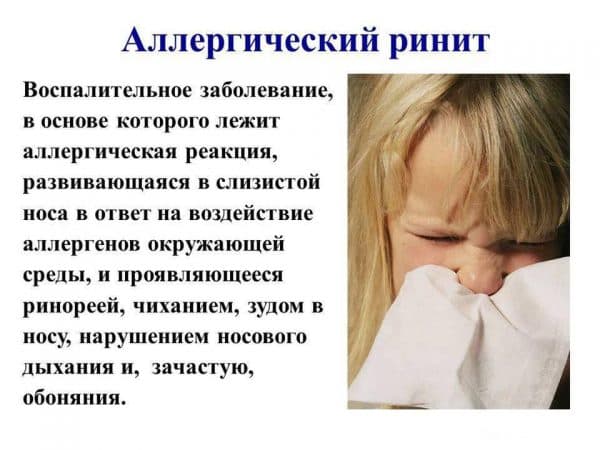
If “the nose is running” or “the nose is stuffy”, and there is no increase in temperature and other symptoms of an infectious disease, then there may be other reasons for the increase in mucus production:
- Allergic reaction.
- Adenoid growths, polyps, and other neoplasms in the child’s nose.
- Unfavorable environmental factors (polluted or dry air, sudden cold snap, etc.)
- Foreign body entering the nose.
In some cases, a runny nose does not need “treatment.” For viral infections, it is enough to simply create favorable conditions for the child to recover, monitor the cleanliness, temperature and humidity of the air, follow dietary recommendations and give the baby plenty of fluids. If a runny nose is caused by poor air quality, in many cases it will go away as conditions improve.
However, a severe runny nose, especially in children, is often the cause of a serious deterioration in the quality of life. The child loses his appetite and sleeps poorly. This affects the speed of his recovery. Nasal congestion for infants is a serious obstacle to feeding. In addition, a runny nose often causes complications.
Folk recipes
Traditional medicine offers many improvised means for making drops for the common cold at home:
- table salt solution;
- fruit and vegetable juice;
- juice of medicinal plants;
- decoctions and tinctures of medicinal plants;
- breast milk, etc.
What recipes are worthy of attention and will help you prepare truly effective drops?
When a baby is sick, some grandmothers advise putting breast milk in the nose, which is an excellent environment for the proliferation of viruses and bacteria. It is not capable of killing the infection; snot copes with this function much better.
Fruit and vegetable juices that are dropped into children's noses do not have a therapeutic effect, but can cause irritation of the mucous membrane and allergic rhinitis. This is especially true for onion juice. It is strictly forbidden for children to drip it.
Children's nasal drops are prepared from indoor plants - Kalanchoe and aloe. When properly prepared and used, this medicine can really be beneficial. But it is advisable to use medicinal plants for treatment for children over 2 years old, and with the permission of the attending physician.
The best and most effective treatments are very simple. This is rinsing the nose with a solution of table salt.
For adults, such a solution is prepared by diluting 1 teaspoon of salt in 500 ml of water. And for children, a teaspoon of salt is dissolved in 1 liter of water. Rinse your nose well with this solution; this will help avoid complications in the form of sinusitis, sinusitis, otitis, etc.
Traditional medicine - effective and safe treatment
A remedy for a runny nose for children can be represented not only by drops or sprays, which can be purchased at the nearest pharmacy, but also by what is at hand. We are talking about folk methods for treating runny nose in children. After all, according to many parents, they are safe for the baby’s health and are not addictive.
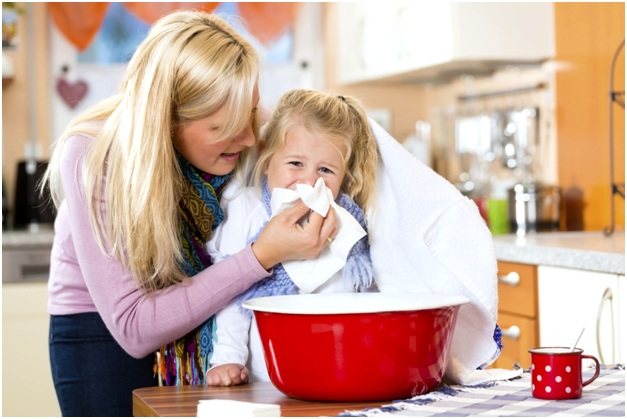
Among all kinds of folk methods, it is difficult to choose the most effective remedy for a runny nose that would suit a child, so it is worth familiarizing yourself with the most common ones and making your choice in favor of one or another:
- Onions are a universal product for many diseases. You can use it to prepare a remedy for the common cold. To do this, the onion is chopped and sautéed in a frying pan without adding oil. When it turns golden and a little juice appears in the frying pan, transfer the onion to a container and add a small amount of vegetable oil. The mixture is infused in a cold place (at least 20 hours). The infused mixture is placed in the baby's nose, one drop in each nostril twice a day. This product is suitable for children from 1 year.
- Garlic - will help cope with a runny nose in children over 3 years old.
The only drawback of this method is an unpleasant tingling and burning sensation in the nose, but the effect is immediate. In order to prepare such a remedy you will need garlic and olive or sunflower oil. Peeled garlic needs to be chopped, poured with oil and allowed to brew for at least 8 hours. After which the infusion is instilled into the nose, 1 drop into each nostril. - Kalanchoe is a plant that can be found in the home of every second family. Our grandmothers used it when colds and runny nose caused discomfort. Even now this plant is used quite often. If a child’s runny nose is just beginning, then Kalanchoe juice should be applied to the nasal mucosa. If the runny nose is severe, then 5 drops of juice dripped into each nostril will help remove mucus, thereby easing the baby’s condition.
- Soda can be used for inhalation. To carry out this procedure, 3 tablespoons of soda are diluted in water brought to a boil, then the soda mixture is cooled slightly. It is very important to cool it to the required temperature so that the baby does not get burned during inhalation. When the mixture has cooled to the required temperature, it is poured into a bowl over which you need to hold the child, covering his head with a towel. This method is suitable for children over 3 years old.
- Oil inhalations.
Essential oils are very beneficial for the body, and are often used to treat a runny nose. The most popular for this purpose are eucalyptus or peppermint oil. Thanks to their composition, they block bacteria, prevent them from multiplying, and also relieve swelling, allow you to breathe freely, and prevent the appearance of mucus in the nose. Oil inhalations are not much different from soda, with the exception of the medicinal product used. Children from 3 years old can breathe for 5 minutes over hot water, to which 5 drops of the mentioned essential oil have been added. - Salt is a component for preparing a solution, which is an excellent remedy for the common cold for children under one year of age and older. Thanks to the solution, it will be possible to relieve inflammation and swelling of the nose. A solution is prepared from 1 liter of water and a teaspoon of salt; you can use both sea salt and table salt. Several times a day, a flagellum twisted from cotton wool is moistened in a saline solution, and the nose is treated with it. For each nostril you need to use a new flagellum.
- Aloe is suitable for frequent nasal drops. To do this, you need to squeeze the juice out of the plant and dilute it with water (1 part aloe juice: 10 parts water). Throughout the day, you need to drip the prepared solution up to 6 times into the baby’s nose (no more than 4 drops in each nostril).
- Carrots, or rather, juice from them. From this component you can prepare a medicinal solution for the baby’s nose. In the first year of life, it can be carrot juice diluted in equal proportions with water. For children 2–3 years old, a miraculous natural medicine can be prepared from a tablespoon of freshly squeezed carrot juice, the same amount of olive and vegetable oil, boiled in a water bath, and 2 drops of garlic juice.
You need to bury your nose 3 times a day, 2 drops in one and the other nostril. You need to pay attention to the fact that the effectiveness of this remedy for the common cold for children lies in its freshness, so storing it for more than 1 day is undesirable - it loses its beneficial properties.
- Beets are one of the effective ways to cure a runny nose in a baby of the first year of life. A small cotton swab is soaked in the juice, which must be squeezed out immediately before the procedure, and inserted into the newborn’s nostril. The duration of such a procedure can be no more than 10 minutes, and it is carried out up to 4 times a day.
- Herbal infusion. A properly prepared infusion can replace nasal drops. It's very easy to prepare. To do this, you need to make a herbal mixture from the following plants: calendula, sage, coltsfoot, plantain. In total, you need 1 tablespoon of this mixture, filled with 250–300 milliliters of water. The mixture must be put on fire and boiled for at least 5 minutes, then left to infuse and cool. The baby needs to bury the nose 3 times a day, using 1-2 drops of the decoction in each nostril.
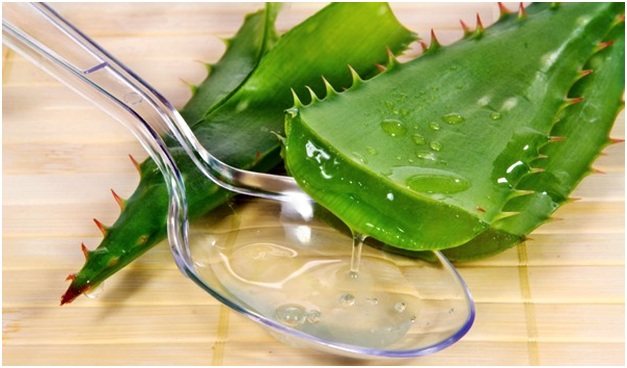
Important! When choosing beet swabs as a treatment for a runny nose in an infant, it is important to be careful. Their size must be at least 5 centimeters. They should not be inserted deep into the nostril.
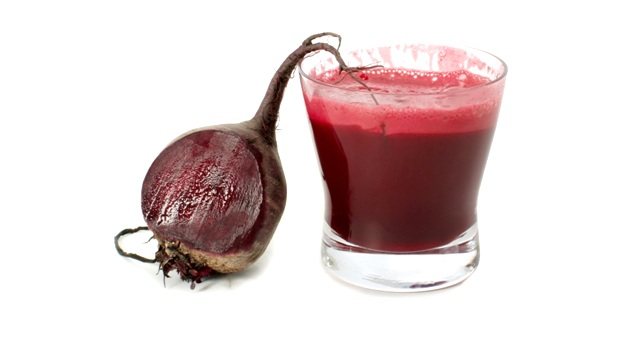
The most effective traditional medicine remedy for a runny nose for children may be one of the following. In order not to harm the baby, you should be careful about this type of treatment and observe the reaction of the baby’s body. If his condition worsens or allergies appear, you should immediately consult a doctor.
In folk medicine, there is another way to treat runny nose in children. This is not putting medicines made from natural products in your nose, but taking them orally.
They have an antimicrobial effect and speed up the baby’s recovery. Therefore, if he has a runny nose, the following remedies should be considered:
- A drink made from honey, Kalanchoe and herbal decoction. For this recipe you need to use fresh liquid honey, as it is both healthier and easier to use. You need to mix it with Kalanchoe juice. The proportions of these components must be equal. The mixture should be mixed well and consumed together with herbal decoction. You can prepare it from St. John's wort or lemon balm.
- Honey-onion mixture - despite its specific taste, it will quickly cure the baby. To prepare it, onion, crushed into puree, is mixed with honey (1:1). It is recommended to consume the medicinal mixture half an hour before meals, 1 teaspoon (no more than 3 teaspoons per day).

Tips for parents
From the first days of a runny nose, a child needs to be provided with proper care. In addition to the main treatment, which is designed to fight the pathogenic virus, nose care is necessary. In the first three days, it may consist of washing, suctioning out mucus using special devices, of which there are many in every pharmacy, or drops prescribed by the attending physician. If the baby has severe difficulty breathing or a high temperature, it is necessary to use vasoconstrictor drugs.
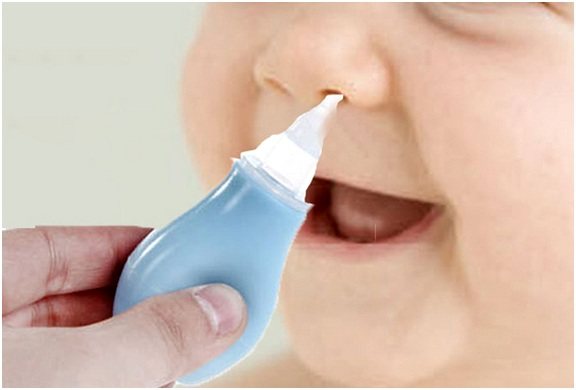
If you do not trust self-prepared saline solutions and folk recipes, buy any nasal drops for a newborn containing sea water at the pharmacy, and rinse the nose with a pipette. It is important to ensure that the baby has sufficient hydration of the nasal mucosa during illness.
What good nasal drops for runny nose are there for children?
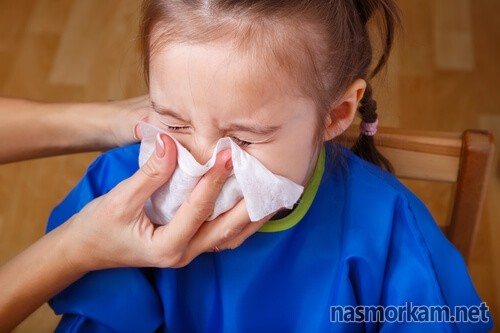
We have reviewed a sufficient number of different local drugs for intranasal administration, which are indicated for children. Parents often ask a question that sounds like this: “Which drops are the best”? In fact, there is no clear answer to this question.
Each group has different best drops, depending on what criteria are used to evaluate. After all, in the end, the drug must be prescribed by the attending physician. But even on your own, when you come to the pharmacy, you can navigate by the following signs:
1
Safety. This is the first thing to consider. The drug may not help and be useless, in which case it’s just a waste of time and money. But if it worsens the child’s condition or causes an allergic reaction, then everything will be much more serious. Therefore, it is necessary to choose, if possible, those drugs that are indicated from a very early age;
2
Ease of administration. The advantages of metered sprays over conventional pipettes are obvious, although their cost is higher;
3
Quality. If you have a choice, you should prefer the original drugs. So, a ten-year-old boy can be offered domestic Naphthyzin in a plastic tube, which must be cut off, otherwise the nasal mucosa may be scratched until it bleeds when introduced into the nasal passage. Polish-made Sanorin spray is also allowed, which is administered gently and painlessly, and is sprayed with one click;
And:
- Shelf life and storage conditions;
- Number of contraindications;
- The speed of onset of the desired effect.
Of course, this is an approximate diagram, and everyone can find their own answer to this question.
to the content?

